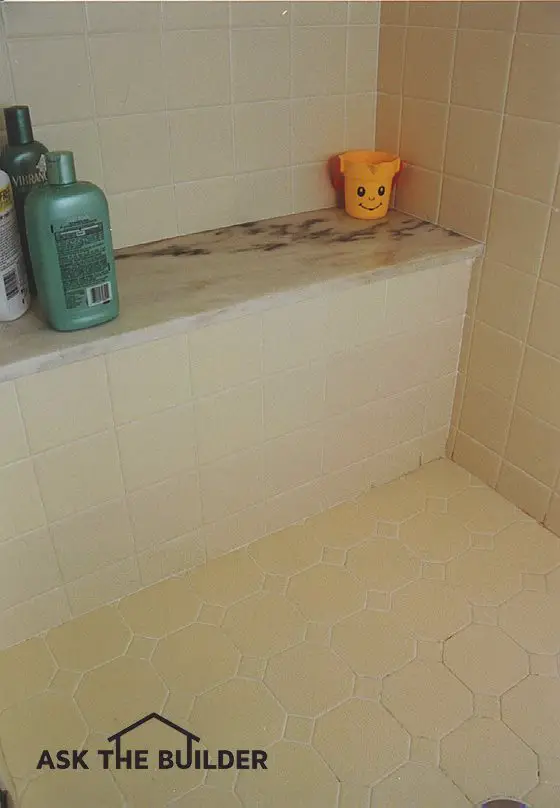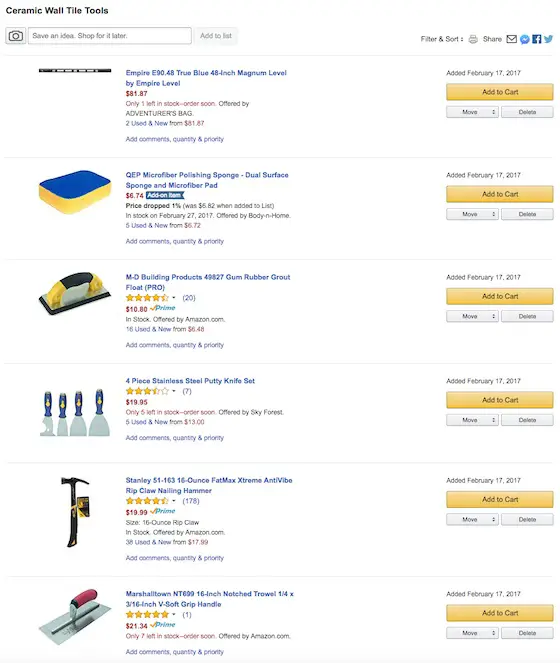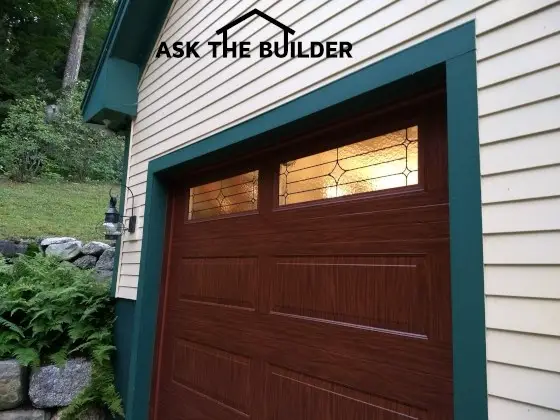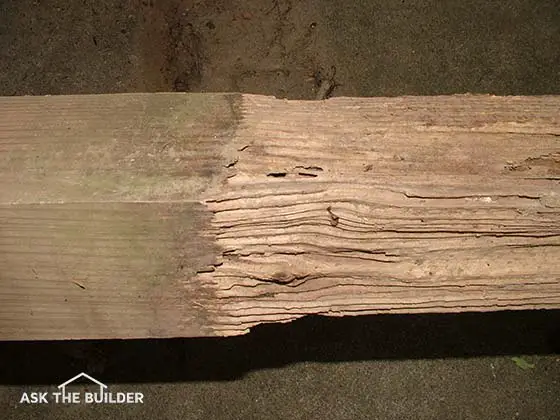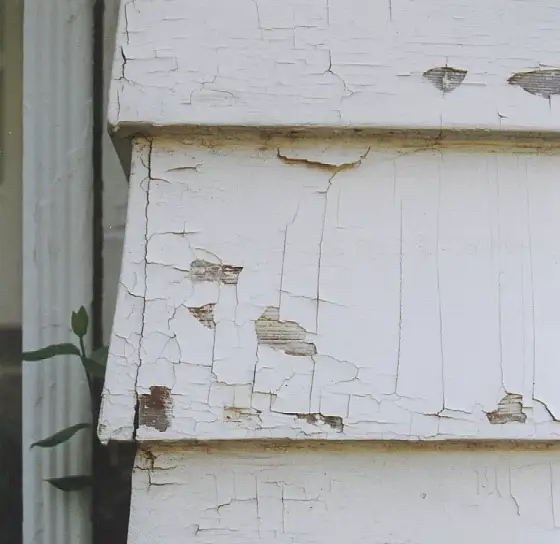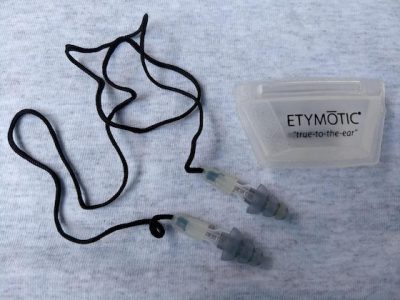DEAR TIM: I am going to buy a one half inch drill and a circular saw for numerous projects around the house. There is a wide range in price between models. Surely this difference translates to performance and durability. What are the differences between professional power tools and the less expensive DIY power tools? Are the professional tools worth the price? F. R.
DEAR F. R.: Several months ago, I helped a friend build a deck. He insisted on using his power tools. His new DIY drill started to burn up after drilling only four holes through a treated 2 by 6. Even though the one half inch spade bit was sharp, you could stop the drill by simply applying significant pressure against the wood. We put away his toy and finished the job with my power drill.
There are major differences between DIY power tools and those used by professionals. The major components of power drills and saws have little in common with one another. Even the electrical power cords are different!
The outer housing of a professional drill or saw is often constructed using a glass filled nylon type plastic. This material is exceptionally stable, it can resist many chemicals, and it is rarely affected by extremes of heat or cold. DIY power tools usually have an inexpensive polycarbonate plastic housing. Polycarbonate plastics can flex when heated. They can be attacked by many construction type chemicals.
The internal bearings found in professional quality tools are usually ball and roller type. These bearings create less drag when the drill or saw is in operation. Less drag means less heat. Many DIY power tools contain lower quality sleeve type bearings. These bearings can heat rapidly if a significant load is placed upon the tool. My friend's drill must have contained these bearings.
The electrical motor found in a professional drill or saw is almost always more efficient and powerful than that used in a DIY tool. A professional tool will develop more torque or power. This is why my drill bored through the 2 x 6 with little effort. The armature, or central core, of the motor is usually precision balanced in a professional tool. Special high temperature wire is also used in the armature and field windings. DIY tools use unbalanced armatures.
Power drills and saws contain gears and transmissions. These components transmit the spinning movement of the motor to the saw blade or drill bit. The cut steel helical gears found in professional tools produce minimum vibration. Their closely machined tolerances deliver long life. DIY tools usually contain simple powdered metal or spur gears. These parts often create vibrations which lead to accelerated wear and breakdown.
Power cords on professional tools contain rubber. This allows the cord to remain flexible in cold weather. The cords are usually 4 to 6 feet longer than those in a DIY tool. DIY tools have nylon power cords which are stiff in cold weather.
In many instances a professional drill or circular saw often can be purchased for just $40 to 60 more than what you might pay for a DIY power tool. My tools usually last 4 - 6 years before a major malfunction. The average homeowner, in my opinion, would have a difficult time burning up a professional tool. Don't play around, buy some real tools.

